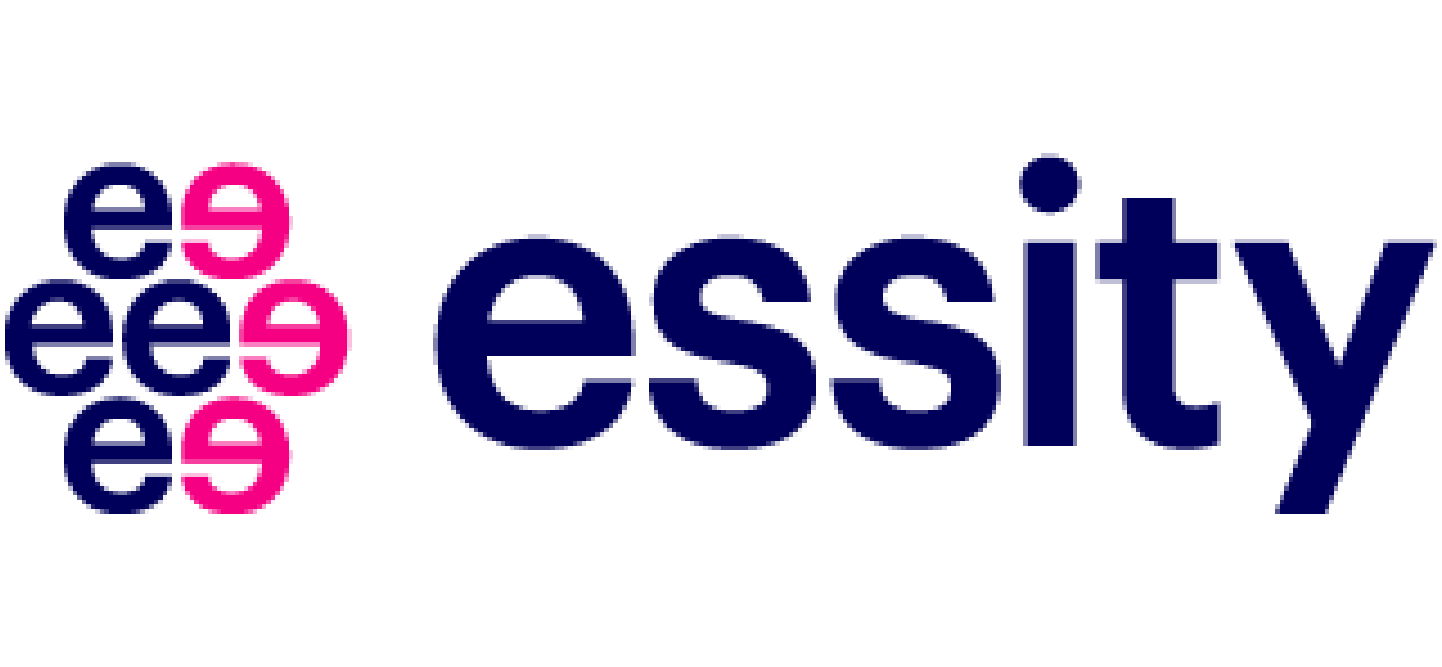About Essity
Essity is a global market leader in the hygiene and health sector dedicated to breaking barriers to well-being through its products and services. Its diverse portfolio of trusted brands includes TENA, Tork, Colhogar, Actimove, Bodyform, JOBST, Knix, Leukoplast, Libero, Libresse, Lotus, Modibodi, Nosotras, Saba, Tempo, TOM Organic, Vinda, and Zewa.
Challenges
As a global company operating in 150 countries, Essity faced a significant challenge: adapting their marketing and advertising strategy to third-party cookie losses and evolving consumer data privacy regulations worldwide. These changes made it difficult to effectively target, engage, and add value to a customer base that spans visitors, distributors, and end consumers across countries, regions, brands, channels, and touchpoints.
To ensure the continued effectiveness of their marketing and advertising efforts, Essity recognized the need to shift from third-party data to privacy compliant first-party data. Specifically, their goals were to:
- Gain ownership and control of first-party data to unlock measurable business value
- Build comprehensive customer profiles to enable up-selling and cross-selling across brands and boost profitability
- Improve media effectiveness and achieve growth objectives through better audience targeting
- Personalize marketing and website content to nurture customers relationships and increase sales and loyalty
- Enhance data analytics with a single view of the user across touchpoints to drive growth
Since each country had its own data sources, and technology stacks, they needed a way to effectively unify, analyze, and activate first-party data in each region while maintaining strict data governance standards. Legal restrictions, particularly in Europe, further complicated centralized data access.
Known for its flexibility, scalability, and usability, Essity turned to the BlueConic customer data platform (CDP) to meet their requirements across various brands and regions, facilitate rapid rollouts across multiple markets, and ultimately, unlock greater returns from their customer data.
Solutions
Working with BlueConic, Essity developed a global strategy for using first-party data and the CDP across the organization, while still allowing flexibility to address the unique needs of different regions. An online CDP Playbook – which documents naming conventions, taxonomy standards, best practices for data quality, enrichment, and activation, and more – ensures each country can quickly set up its own BlueConic tenant while aligning with Essity’s global business objectives. This flexibility enables Essity to adapt its strategies to local data requirements, data maturity levels, and privacy laws while maintaining a consistent approach to data collection, analysis, and activation overall.
Once their tenant is implemented, step-by-step guides known as Recipes enable CDP teams in each region to quickly implement specific use cases based on their needs with minimal effort. Current out-of-the-box recipes include:
- User identification: Transforming unknown prospects to known customers.
- Advert-to-website personalization: Ensuring ad content and offers are mirrored on the landing page to create a seamless and relevant experience for the consumer.
- Cart-to-sale conversion: Identifying customers who have added items to their cart and delivering personalized incentives to complete their purchase.
- Audience personalization: Personalizing ads to specific audiences.
- Personalized email marketing: Personalizing email offers based on purchase, sample, and newsletter engagement history.
- Website personalization based on interest: Personalizing the content of the website based on the interests of each individual customer.
Alongside existing recipes, Essity has several planned recipes ranging from enhanced user profiles and product recommendations, to user preference identification, AI and ML modeling, and more. Regional teams can also implement new use cases tailored to their specific growth and optimization needs.
To promote knowledge sharing, each CDP team can use a results template to measure the impact of their specific use cases and share their findings across the organization. In addition, organized events like Essity’s CDP Day bring marketing teams from different regions together to exchange best practices and results. These types of activities serve as a source of inspiration, fostering collaboration and driving continuous adoption across the organization.
Results
Essity began with pilot programs in France and Mexico. Successful use cases and methodologies from these countries were then quickly replicated in other markets, starting with Germany, Austria, Switzerland, and subsequently expanding to Italy, the UK, the US, Colombia, and Brazil.
To date, Essity has rolled out more than 45 use cases across 11 countries and 10 brands in less than two years. Some examples of successful use cases implemented in these various countries and their results include:
- Sampling promotions: By serving personalized banner ads to promote sampling of toilet paper products on article and product pages, the company generated a 32% click-through rate, 30% conversion rate, and 20,000+ sample requests.
- Facebook retargeting: By creating behavioral-based segments in BlueConic and automatically sending them to Facebook for retargeting, Essity drove +538% more leads for its tissue products with no discernible change in CPA.
- Personalized newsletter promotions: By tailoring promotional content to newsletter subscribers based on their interests, preferences, and behaviors, Essity was able to drive 38% more revenue from its DTC activities for its incontinence products versus the previous year.
- Upsell opportunities: Essity leveraged BlueConic Listeners to track visitors’ onsite and cart activity for a feminine hygiene brand and then incentivized visitors to increase cart value with personalized offers, yielding a +42% increase in average order value.
- Cart-to-sale conversions: By sending personalized offers to customers that added products to their cart but didn’t complete their purchase, the company drove over 631 conversions and saw a substantial increase in revenue.
- New user registrations: Using BlueConic Dialogues to encourage distributors to log into its customized B2B website and convert unknown distributors into known distributors, Essity drove a 218% increase in new user registrations.
- Audience retargeting: By building comprehensive customer profiles, creating targeted segments, and activating them in their advertising campaigns, Essity saw a 50% reduction in CPA, a 42% increase in revenue in its online shop, and a 25% increase in ROAS using BlueConic segments compared to traditional Meta audiences. (Detailed case study)








